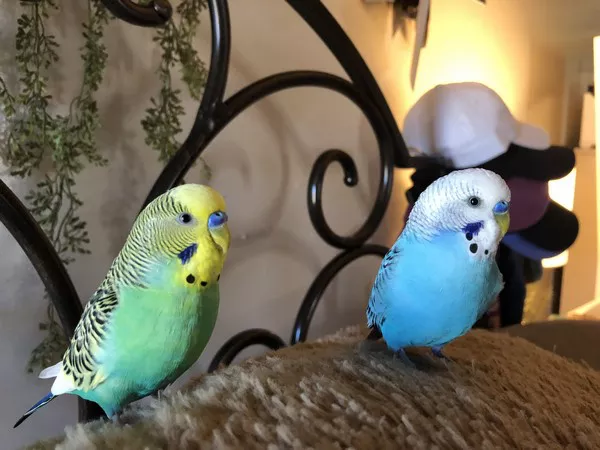Can a male and female betta fish live together? This question often arises among aquarium enthusiasts eager to create a harmonious aquatic environment. Betta fish, known for their vibrant colors and elaborate fins, are popular choices for aquariums. However, their reputation for aggression, especially among males, has led to misconceptions about the compatibility of male and female bettas in the same tank. In this article, we will delve into the intricacies of betta behavior, the challenges of cohabitation, and the strategies to ensure a successful and peaceful community in your aquarium.
Understanding Betta Behavior
Before attempting to house male and female bettas together, it is crucial to understand their natural behavior. Bettas, also known as Siamese fighting fish, have a territorial nature, particularly among males. In their native habitats, male bettas fiercely defend their territory, flaring their fins and engaging in confrontations with other males. This behavior is an essential aspect of their biology, and it plays a crucial role in their survival.
Territorial Instincts: A Challenge for Cohabitation
The territorial instincts that serve bettas well in the wild can create challenges when attempting to house them together in captivity. Male bettas, in particular, are known for their aggressiveness towards other males. Introducing a male and female betta to the same tank without proper consideration can lead to aggression, stress, and potential harm to the fish.
Separating Fact from Fiction: Mythbusting Betta Myths
There are several myths surrounding the cohabitation of male and female bettas that need to be debunked. One common misconception is that a male and female pair can be housed together as long as they are introduced at a young age. While age may play a role in compatibility, it is not a foolproof method for preventing aggression. Other factors, such as individual temperament and the size of the tank, also significantly influence the success of cohabitation.
Tank Size Matters: Creating Adequate Space for Harmony
One crucial factor in fostering a peaceful cohabitation is the size of the tank. A larger tank provides more space for each betta to establish its territory, reducing the likelihood of aggressive encounters. In smaller tanks, the limited space can intensify territorial disputes, making it challenging for bettas to coexist peacefully.
See Also:clean betta fish tank
Female Betta Dynamics: A Different Challenge
While female bettas are generally less aggressive than their male counterparts, they can still exhibit territorial behavior. Female bettas may form social hierarchies, and introducing them without careful consideration can result in conflict. Understanding the dynamics of both male and female bettas is essential for creating a balanced and harmonious tank environment.
Introducing a Male and Female Pair: The Gradual Approach
If you are determined to house a male and female betta together, a gradual introduction is crucial. Placing them in separate containers within the same tank allows them to become accustomed to each other’s presence without direct contact. This method reduces the likelihood of aggressive behavior when they are eventually released into the main tank.
Monitoring Behavior: Signs of Compatibility and Conflict
Once the male and female bettas are in the same tank, closely monitor their behavior. Signs of compatibility include peaceful coexistence, minimal fin flaring, and relaxed swimming patterns. Conversely, signs of conflict include aggressive posturing, chasing, or nipping. If aggression becomes evident, it may be necessary to separate the bettas to prevent injury.
Providing Hiding Places: A Refuge for Retreat
Creating hiding places within the tank is crucial for bettas to establish retreats and escape potential conflict. Live or artificial plants, caves, and other aquarium decorations offer hiding spots where bettas can seek refuge if they feel threatened. These hiding places can significantly reduce stress and contribute to a more harmonious community.
Maintaining Water Quality: A Key to Betta Health
Regardless of whether you choose to house male and female bettas together, maintaining optimal water quality is paramount. Regular water changes, proper filtration, and monitoring water parameters ensure a healthy environment for your bettas. Clean water helps reduce stress and the likelihood of aggressive behavior, promoting the overall well-being of your aquatic community.
Conclusion: Striking a Balance for Betta Harmony
In conclusion, the question of whether a male and female betta fish can live together is complex and multifaceted. While it is possible under the right conditions, careful consideration of betta behavior, tank size, gradual introduction, and ongoing monitoring are essential. Successfully maintaining a community of male and female bettas requires a delicate balance and a commitment to creating an environment that meets their unique needs. By understanding and addressing the challenges associated with betta cohabitation, aquarium enthusiasts can enjoy the beauty and dynamics of these captivating fish in a harmonious setting.
Related Topics:
How many times should i feed my betta fish?
How to tell if a betta fish is dying?
What fish can go with bettas?
























